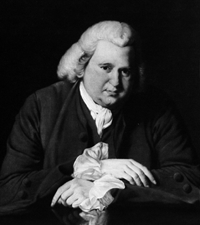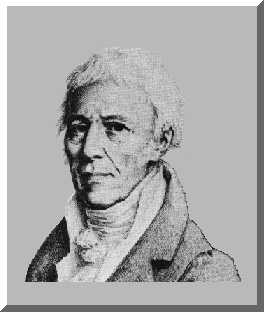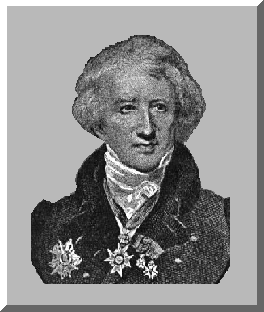1. Why do you think Vincent left his family, tearing his picture out of the family photo, after winning the swimming race against his brother?
He left his family because he finally released he didn't need them anymore. The point to tearing out the picture was to show that he was out of the family, and didn't need their help anymore.
2. Describe the relationship between Vincent and Anton.
Vincent and Anton were brothers, but they weren't equal. Vincent was always the weaker of the two. He had more drive than anton had, but he didn't get the perfect body like his brother did. They would always be brothers but never would see themselves as equal to each other.
3. Choose your favorite character from the film. Explain why you choose that person. Would you want to be that person? Why? Why not?
My favorite person in the film was Vincent. Vincent knew he didn't have the perfect body, like everyone else. The thing Vincent knew was that he could do what he set his mind to. There was no give up in Vincent. He only wanted what he could't get, and got it anyways.
4. At the end of the film, you are told that the Doctor knew about Vincent all along. Why did the Doctor go along with the fraud? What would you have done if you were the Doctor?
The doctor knew all along, but he could see how bad Vincent wanted this. Out of all of the people at the office Vincent was the only who couldn't stand the thought of not making it to space. If I were the doctor I would have done the same. If he wanted it bad enough to do what he did, why should anyone stand in his way.
5. What do you think is wrong with the society portrayed in "GATTACA"? What is right?
I think that the part they do right is try to erase the kids having dna problems. At the same time is this right. Should anyone be allowed to go through life perfect. How can you say that they should never experience failure, is it going to make you stronger. Or will you be like Anton and worry more about if you can do it, while Vincent was imperfect but it never effected him. To me the difference is Anton thought he was perfect, but if you are perfect doesn't mean it gives you determination and drive that Vincent had.
6. What were the screenwriters trying to tell us through the episode of the 12-fingered pianist? Is anything wrong with engineering children to have 12 fingers if, as a result, they will be able to make extraordinarily beautiful music?
Why do you need 12 fingers to do great music. The person that has 10 and still dose the piece will be the true hero. If that pianist had half the determination of Vincent, he would be able to play the music no matter how many fingers he had.
7. You and your spouse are having a child and are at the Genetic Clinic pictured in the movie. What characteristics would you want for your child and what would you ask to be excluded? Why would you make those choices?
I would say don't make it a perfect child. All I would ask for is that he didn't have a disease, because no one deserves to not have a fare chance to live.
8. Picture yourself as either Vincent, Jerome, or Anton. Would you have acted the same or done things differently if you were in the same world as them?
I think that given the same chance we would have done things the same. You can say how you would do things different, but you aren't in their world. There perspective is different than ours. So it is not us to judge how they acted.









